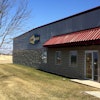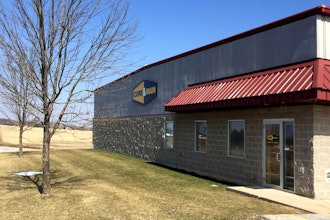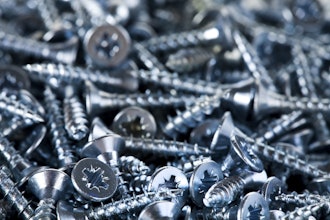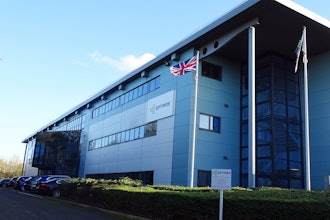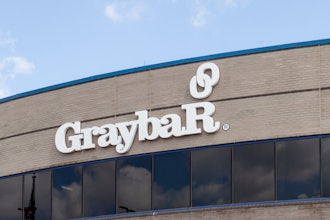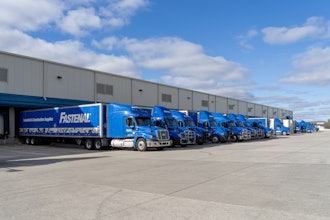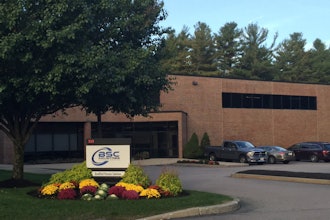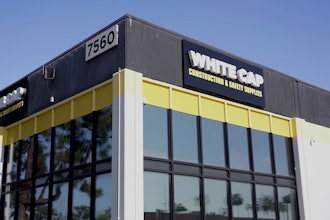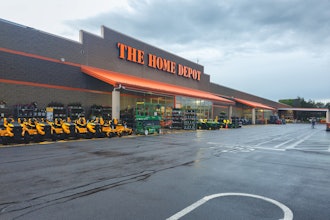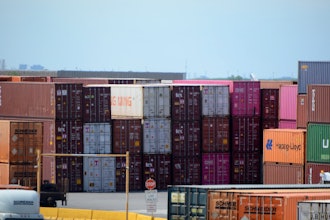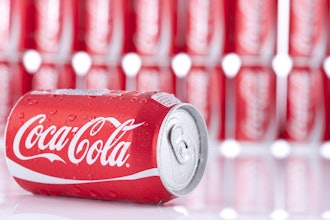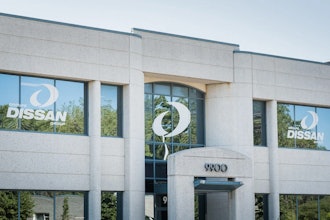Distributors must have, and continually gain, market knowledge in order to effectively understand the customers they serve. Two key issues for American manufacturers are the “re-shoring” of manufacturing jobs and the ongoing struggle to convince consumers to buy American products. The following is a Q&A with Harry Moser, re-shoring leader & chairman emeritus, AgieCharmilles. Harry is a national leader in attracting more of America’s youth into manufacturing, in accelerating the trend to re-shore manufacturing jobs, in providing strategies for competing with low wage countries, and in the campaign for government policies that support manufacturing. Industrial Maintenance & Plant Operation, Industrial Distribution's sister publication, conducted the interview.
Could you provide some background as to what your organization is attempting to do with re-shoring?
From my viewpoint, I describe this as promoting and enabling the re-shoring of work. And that’s not easy. The big companies have policies: ‘You will offshore 30 percent of your work to low-wage countries.’ We’ve had cases where the job shops have said ‘Yes, I can beat that price,’ and they say ‘No, we have to offshore.’ So we’re finding that it’s not easy to get them to make that mental shift.
So what we do is first try to get them to think about what we call ´total cost of ownership—TCO.´ Typically if you were the supply chain manager, you’re told to buy castings or something, and you’re rewarded if you can get the ´purchased´ price of those castings or those machine parts down from what they are now—down by 5 percent. Do what you have to do. It seems that most of the companies do not add up all the costs associated with their sourcing decisions. Many of them just look at that purchased price. Some of them might throw in duty and freight, so they compare the obvious things, but we believe that very few of them look at the interest for the inventory on the water while it’s coming over.
We’re going to get our information out to the big companies, and I think more importantly, out to the small companies—the job shops, the die makers, the machine shops. When they go into a company and the customer says, ´Sorry, the work’s in China,´ or he says, ´You could probably get that work, if you can match the Chinese cost.´ And what we want the shop to say is, ´Do you mean the FOB (freight-on-board) price, or do you mean your total cost? Which one do you want me to match?´ Our hope is that if enough salesmen from enough shops have that discussion with the purchasing agents or supply chain guys, we’ll soften them up, and somebody in their company will say, ´Huh, maybe we should start making that calculation.´
Obviously, outsourcing is still going on. Whirlpool recently closed down its Indiana plant and sent 1,100 jobs to Mexico. What might have you said to Whirlpool if you were part of their outsourcing discussion?
Grant Thornton did a survey in January 2010, which stated 51 percent of companies say offshoring had no or a negative impact on their ROI. So if I wanted to convince a company why they should reshore, I would say, ´More than half of those who offshored said it didn’t do them any good, and yet you’re absolutely committed to doing it. Are you sure?´
In a lot of cases, we can show it’s in the company’s best interest to bring the work back here, but if in the final analysis the cost is close—if the U.S. is 3 percent higher or 5 percent higher, and if all those companies would decide to keep all that marginal work here—then the U.S. manufacturing economy and the U.S. economy would be strong enough that they would sell more just because the markets were bigger. If more people made their gears here, there would be more demand for machine tools. If there’s more demand for machine tools, then there’s more machine tools being made, and they would buy more gears. For U.S. companies for whom the U.S. is still their main market, finally it’s in their interest that the U.S. market be strong. If all of them keep the marginal work here, all of them will be strengthened by that rising tide.
There is a lot of benefit for the country … the total trade deficit was about $800 billion before the recession. If all of that were reversed by having more work done in the U.S. rather than off-shored, that would directly create about 5 million jobs, and for every additional manufacturing job you get, on average, 1.4 other jobs. In principle, you’d pick up somewhere between 5 and 12 million U.S. jobs.
It’s important to calculate beyond the freight on board costs, and that ties into the TCO that you mentioned earlier. Is there a service available that manufacturers can take advantage of if they want to look beyond freight on board? What extra costs should they consider?
A consultant friend of mine, who happens to work in the outsourcing field, compared the same stainless steel gear sourced in China or sourced in the U.S., and showed that while the FOB price might be 15 or 20 percent in favor of the Chinese, by the time you’ve added in all these other costs—the duty and the freight and the interest, the quality considerations, and travel—the U.S. was 8 percent lower.
It’s not easy, because it’s 2 percent here, and 3 percent there, and a $1.50 here. And the purchasing agent just wants to say, ´Save 20 percent. Next project.´ Now some of that authority is being taken away from the supply chain manager and given to the line manager or the general manager of that division, and he’s saying, ´You’re screwing up my availability, you’re messing up my balance sheet, my quality isn’t as good as it’s supposed to be. I’ve got to put three engineers for two weeks or three weeks each over there, which is costing me $50,000. I’m never sure when I’m going to get the stuff. When you put all of that in, I think I’m better off if we went back to Bill five miles from here.´
To help the big companies recognize all of the costs, we have developed a TCO Estimator for parts and tools. The company inputs readily available data, makes a few guesses on the risks of IP loss or impact on innovation, and the Estimator provides the TCO for local and offshored sourcing. The Estimator also projects the cost comparison for the next 5 years, based on expected differences in wage inflation and changes in currency values.
There’s a well-researched field called ´clustering´ which shows that innovation, especially the interaction between the engineering department and the manufacturing function, occurs much more effectively when they’re physically close enough that the people can travel and see each other frequently. When they’re close, the engineer can help the manufacturer improve his systems and be more productive, and the two working together can work on DFMA (Designs for Manufacturability and Assembly) so that it is manufactured for the lowest cost and the most reliability and easiest assembly.
Everyone says that innovation is the key to the future. We can be an innovation country.

